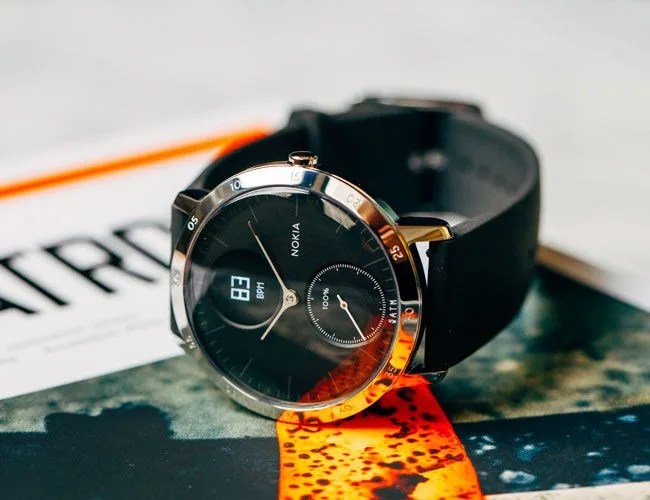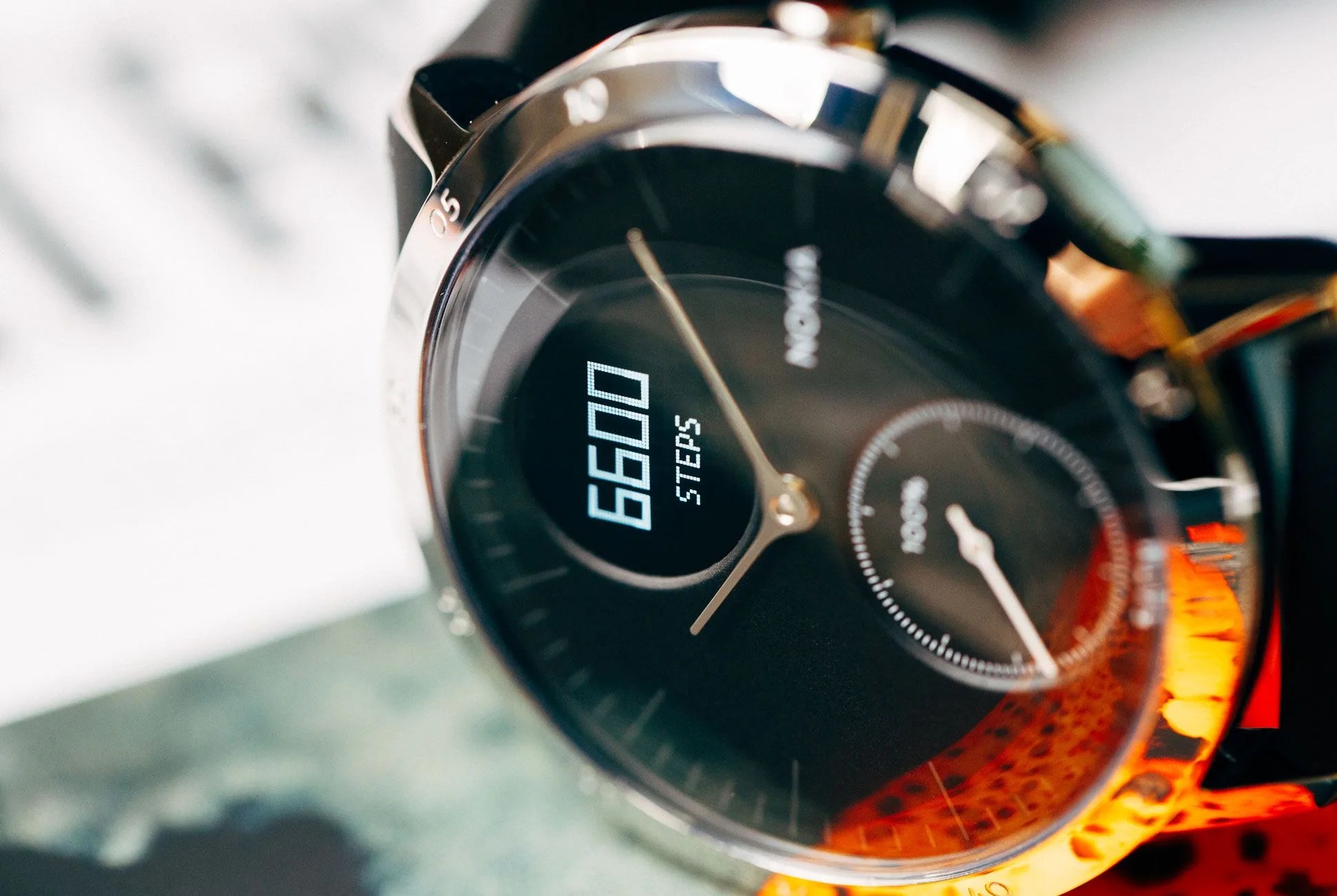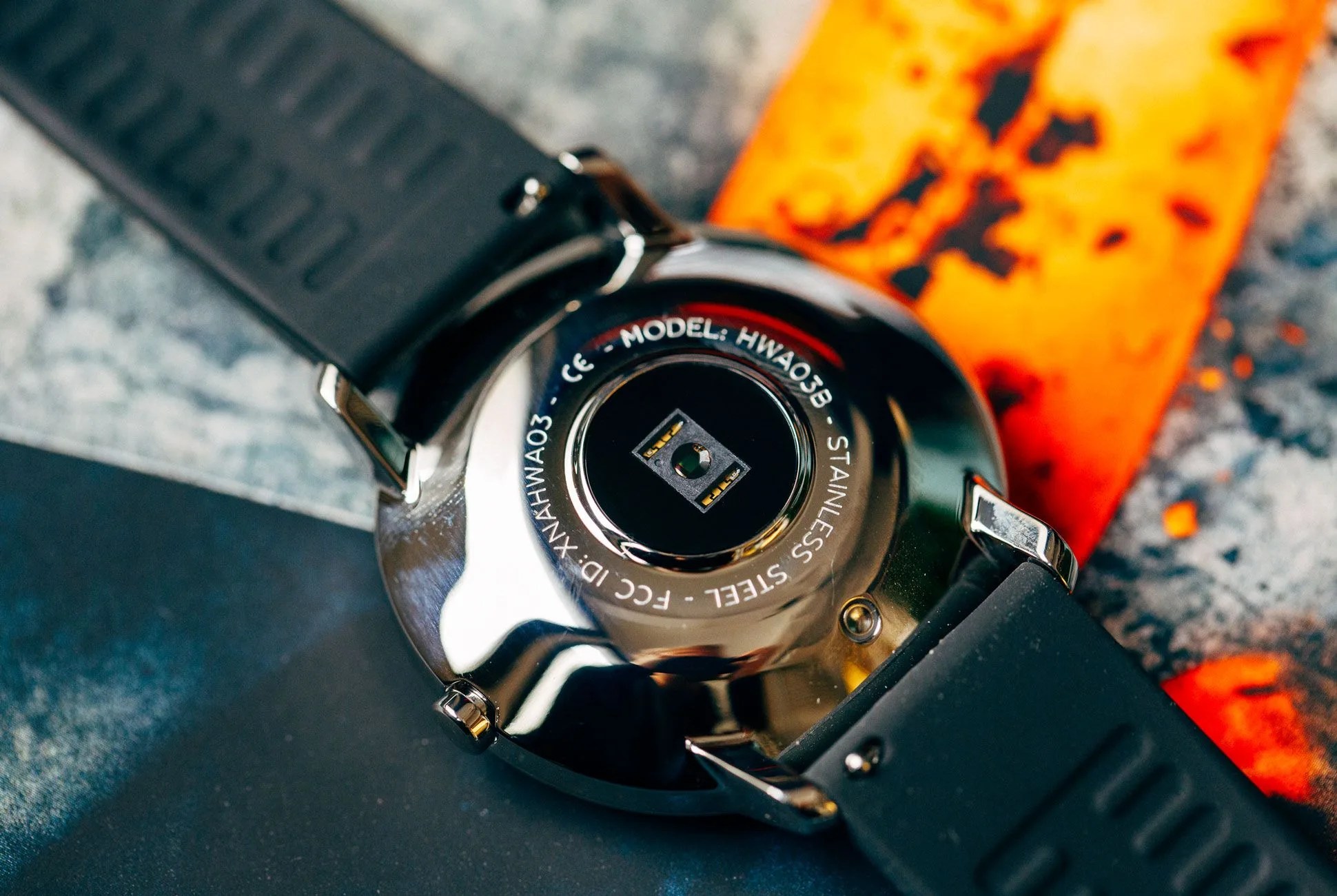4 photos
At a recent physical, a feeling of shame washed over me as I answered my doctor’s litany of standard questions. Profession? Writer who works from home. Familial history of heart disease or diabetes? Yes, on both sides. What’s your diet like? Well, I had kale the other night, but there was pasta, bacon and eggs, too. Do you exercise? Not as often as I should.
“Hmm,” he said, then made a judgemental ticking sound with his mouth. “I’d get out and walk more if I were you.” I immediately glanced at the watch I was wearing, feeling disgraced. I didn’t need a doctor to tell me this. I had recently started wearing a Nokia Steel HR — just one of many hybrid analog smartwatches to recently hit the market — that had been tracking my woefully inadequate level of activity.
Of course, I didn’t really need a watch to tell me this either. When I had made the switch to telecommuting, I was grateful I no longer had to take New York’s hellish subway every day, but I also missed out on two and a half miles my daily commute once required. I don’t need to walk to buy a lunch, which is great for the wallet but bad for the ticker. I became complacent sitting behind a computer, which made it all too easy to brush off a certain degree of inactivity. The day after my physical, I finally went out and did what I hadn’t done in months: I went for a run, even though running is awful.
While I have used a couple hybrid smartwatches during exercise, the Steel HR blows them out of the water in terms of actual usefulness while working out. The key is that “HR.” As of writing, the Nokia Steel HR (formerly the Withings Steel HR, before Nokia’s acquisition of the French tech brand) is the only analog hybrid on the market that can measure your heart rate, which it does through an optical sensor on the back of the case. That means that when you’re working out, you get a constant reading of your heart rate. This is great compared to other hybrids, as you can adjust your pace to make sure your heart rate is in the sweet spot. Also unlike other hybrids, the Steel HR displays a running time for your workout.
One of its critical features is a screen in the guise of a sub-dial at 12 o’clock. Other manufacturers have shied away from screens in favor of old-school gauges that monitor the progress of your set goal, perhaps in some attempt to preserve the sanctity of the purely-analog watch, but a screen is just so much better at giving you nuanced information. I do understand the desire to keep things classically styled, but if you have the black-dial variant there’s not much to indicate the Steel HR is anything other than a regular quartz watch — that screen sub-dial shuts down and blends in with the rest of the dial unless you press in the crown. When you do, you get basic info like the date, your current heart rate, your daily steps, calories burned and the distance traveled.
The Steel HR also bests other hybrids in user-friendliness. Syncing to your smartphone is quick and automatic (you don’t need to press in the crow). The accompanying HelathMate app is also intuitive. It gives a clear readout of activity data, sleep data and allows you to set alarms, which are far better than a typical smartphone alarm. The watch vibrates at the set time to jostle you awake which is not only a more pleasant way to wake up, it also only wakes you up. Your significant other will appreciate this.





